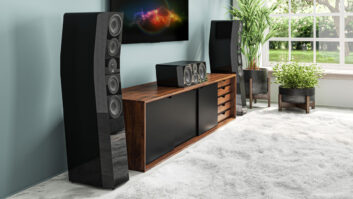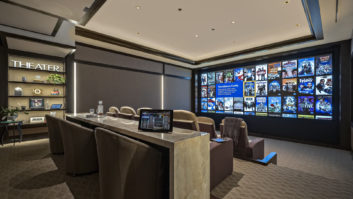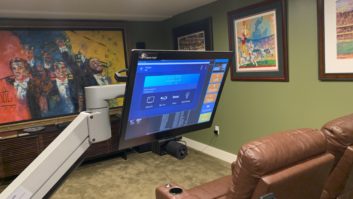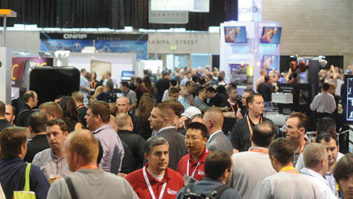Why Project Drawings Can Be So Critical To Your Success
Most people familiar with the workflow of a typical, new-construction, residential project can likely list a standard set of “project drawings” that we, as ESCs, are expected to create as part of any effective documentation package. I would argue that drawings are an under-utilized form of communication, both as a resource for our internal teams, and as an enormously effective tool for communicating with architects, interior designers, electricians, and millwork fabricators.
My firm has intentionally focused on developing a very strong capacity in this area to the extent that as a company of 30 employees, we have four full-time CAD technicians. We have developed the quality, consistency, and scope of our drawings over several years, and I thought it might be valuable to share some of what we have done.
CLIENT DISCOVERY
We have developed a completely standard set of drawings that we use for every project that we do. These are very basic, intentionally stripped down floor plan drawings, typically generated from the architect’s AutoCAD file. We create a separate set of drawings for each discipline, such as “communications,” “distributed audio,” “lighting control,” and so on. Each of these discipline sets includes its own standardized icons that we have developed and a separate set of designated drawing numbers for simplified reference. The total set is then bound into a master project set. At this point we have the first version of the project drawings, and we refer to these as the “initial mark-up set.” This set is presented to the client to mark up where all of the devices will be located for each discipline.
SYSTEM DESIGN
Next we use the marked up drawings internally to convey to our system designers the scope of the project and the specifics of each discipline including any special client requests etc. Our documentation team then converts the marked up set into a complete “Design and Presentation” set that will now be used to present the final system design to the client. The same process is repeated until the design is complete and approved.
INSTALLATION
Next, the same set of drawings is converted from our “design and presentation” format to our “installation” format. The installation drawing set is based on the exact same drawings that have been used so far, but has now been modified and updated for internal use by our construction team and includes much more detailed information regarding mounting heights, power and cooling requirements, conduit paths, millwork elevations, etc. This installation set is used during pre-wire and allows our construction team to execute the exact design intent of all project stakeholders, because it is completely up to date and accurate. This set is also used by our team to capture any changes that occur due to site conditions or last-minute client requests, and then the drawing set is updated again to become the “as-built” set.
PRODUCTION
Once the pre-wire phase is complete, our production team uses the updated as-built drawing set, along with other project documentation such as rack elevations, and schematic wiring diagrams to build and test the systems in our production facility before delivery to site.
TRIM OUT
Next, our trim-out team uses the full project documentation set, including the as-built drawings to deliver, install, set up, and commission all of the systems in the home. Once again, if there are any final changes required to device placement, additions, or changes, then the “as-built” drawing set is updated on site and returned to the documentation team for final changes.
ONGOING SERVICE
An as-built drawing is also an invaluable tool for our service technicians, because it offers an exact representation of the latest state of the systems in the home. Our service technicians always know exactly where to find the latest as-built set on our server and can easily print the specific pages that relate to the system(s) that they are heading to site to investigate. Any changes, upgrades, or replacements are marked up on the as-built set, returned to our documentation team, updated, and saved back to the same location on the server, including the date it was updated.
This process has vastly improved our ability to communicate with all project participants and ultimately allows us to achieve much greater efficiency, repeatability, and profitability.
Richard Millson (richard. [email protected]) is president of Vancouver-based Millson Multimedia.







